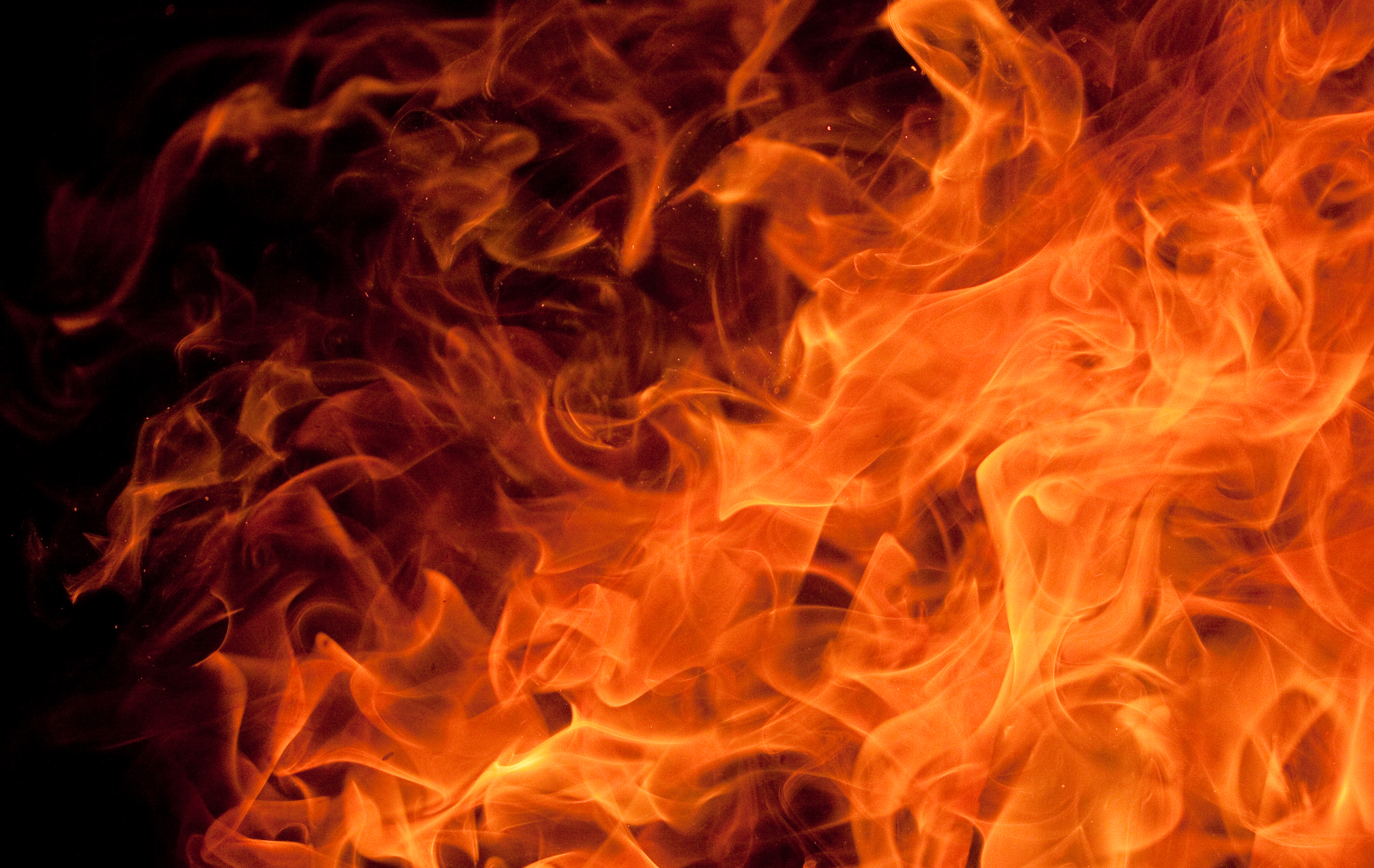A rare, total eclipse of the moon on winter solstice will happen Monday night, reaching totality over New York's sky in the wee hours of Tuesday morning.
The full moon will fully disappear from the sky in the Earth's shadow around 2:41 a.m.
The moon is normally illuminated by the sun. During a total lunar eclipse, the full moon passes through the shadow created by the Earth blocking the sun's light. Some indirect sunlight will still manage to pierce through and give the moon a ghostly color.
Since the eclipse coincides with winter solstice, the moon will appear high in the sky — a boon for skywatchers. While there have been recent volcanic eruptions, scientists on Monday said there's not enough dust in the atmosphere to dim the eclipse.
NASA eclipse expert Fred Espenak of the Goddard Space Flight Center in Maryland predicts the moon will appear bright red or orange.
"It will be interesting to watch," he said.
North and Central America should be able to view the entire show, which is expected to last 3½ hours if skies are clear. Total eclipse begins at 11:41 p.m. PST Monday or 2:41 a.m. EST Tuesday. The totality phase — when the moon is entirely inside Earth's shadow — will last a little over an hour.
"It's perfectly placed so that all of North America can see it," Espenak said.
Local
The Griffith Observatory perched on the south slope of Mount Hollywood in Los Angeles will host an eclipse party Monday evening although rain is forecast. Telescopes will be set out on the lawn for the public and astronomers will give free lectures on the eclipse's various stages.
If clouds or rain set in, the observatory plans to stream live video of the eclipse from the Internet. Among the various outfits that will show the eclipse live is NASA, which has a camera mounted at its Marshall Space Flight Center in Huntsville, Ala.
"Our event will go on rain or shine," said Griffith Observatory astronomer Anthony Cook.
Unlike solar eclipses which require protective glasses, lunar eclipses are safe to watch with the naked eye.
U.S. Naval Observatory spokesman Geoff Chester finds solar eclipses more exciting than the lunar counterpart. But solar eclipses tend to occur in remote parts of the world while lunar eclipses are usually visible from an entire hemisphere.
"If you get skunked by bad weather, all you have to do is wait a few years for the next one to come around," Chester said.
There are two total lunar eclipses in 2011 — in June and December. North America will miss the June show and witness only a part of next December eclipse.



